
Vintage Antique Costume Jewelry and More for Less!
Signed Vintage Costume Jewelry
Unsigned Vintage Costume Jewelry
Contemporary Pre- owned Costume Jewelry
Wedding, Prom and Party Jewelry
Collectables and Commemoratives
Designer Galleries
Trifari
Weiss
Kramer
Coro, Corocraft &
Vendome
Lisner
Napier
Monet
Park Lane
Avon
Sarah Coventry
Marvella
JJ
Art
Alice Caviness
Hobe'
Miriam Haskell
Florenza
Eisenberg
Hattie Carnegie
Beaujewels
D&E, Juliana and
Juliana Style
Robert
Hollycraft
Bogoff
Krementz
Schiaparelli
Warner
Boucher
Harry Iskin
Kenneth Jay Lane,
KJL, Kenneth Lane
Mazer Brothers &
Jomaz
Little Nemo
Austria
Accessocraft N.Y.C.
Robert DeMario
Pell
Ciner
Nettie Rosenstein
Matisse and Renoir
Miracle
Bergere
Erwin Pearl
Beaucraft
Carl Art
Laguna
Gerry's
Brooks
Karu Arke
Whiting & Davis
BSK
Joan Rivers
Musi
Givenchy
Les Bernard
Schreiner
Judy Lee
Sandor
Barclay
Cadoro
Christian Dior
Mylu
Mimi di N
Regency
Jewelarama
Danecraft
Pauline Rader
Sherman
Schrager
Carolee
Eugene
Beatrix
1928
Stanley Hagler,
Mark Mercy & Ian St. Gielar
Joseff of
Hollywood
Michal Negrin
Theodor Fahrner
Spratling
Unger Brothers
Rebajes
Gerard Yosca
Los Castillo
Cini
Star-Art
Coppola e Toppo
Walter Lampl
Los Ballesteros
Castlecliff
Elzac
Swoboda
David
Andersen
Fred A. Block
Déja/Réja
Chanel
Silson
B. David
HAR
Pennino
Ben Amun
William Kerr
Kirks Folly
Esther Lewittes
CIRO
Aksel Holmsen
Jakob Bengel
Auguste Bonaz
Van Dell
ORB [Otto R.
Bade]
N.E. From
Graziella Laffi
Freirich
Husár D
Mary Frances
LIA
DeRosa
DeNicola
Stephen Dweck
Sam Kramer
Louis Rousselet Catherine Popesco
Sigi
Pineda
Josef Morton
McClelland
Barclay
Lunch at the Ritz
Larry Vrba
Agatha Paris
Leo Glass
Claudette
Charel
Monies
Staret
Hans Hansen
Engle Brothers
Ed Wiener
Korda
Adele Simpson
Louis Féraud
Panetta
Joseph Wiesner
Lea Stein
Reinad
Thelma Deutsch
Maricela [Isidro
Garcia Pina]
Garne
Robert Mandle
Antonio Pineda
Butler and Wilson
Nolan Miller
Suzanne Bjontegard
Scaasi
Zoe Coste
Henry Steig
DeLillo
Diamonbar
Capri
Cathe
Attruia
PAM
Selro & Selini
ORA
Jeray
Urie Mandle
Nina Ricci
Yves Saint Laurent,
YSL
Anna Greta Eker
Lapponia
Carl Ove Frydenburg,
COF
Rachel Gera
Am Lee
Oscar de la Renta
Calvaire
Carol Dauplaise
La Roco
Richelieu
Denbe
Henkel and Grosse
Allan Adler
Vogue
Judith Jack
Parco
Tone Vigeland
R.J. Graziano
Swarovski
Tortolani
L. Razza
Emmons
Michal Golan
Dalsheim
Celebrity
ORNO
Du Jay
Banana Bob
Rousseau
Jolie Gabor
Stuart Nye
Kay Denning
Ultra Craft
Paul Lobel
Longcraft
Karl Lagerfeld
Jorgen Jensen
Deauville
Cacharel
Norma
Ann Vien
Leru
Hedy
Edgar Berebi
Scholtz and
Lammel
Jeanne
Norma Jean
Bob Mackie
Guy Laroche
Dorothy Bauer
Christopher
Radko
Tancer II
Christian
Lacroix
Elizabeth Taylor
Mark Edge
Roman
Laurel Burch
Lanvin
Flying Colors
Mizpah
Virgil Cantini
Ed Levin
Lilly Dache
Dodds
Limoges
langani
Perli
Bill Schiffer
Duane
Pastelli
Botticelli
Triad
Tara
Jewels by
Julio
Amy Lacombe
Escada
Irena Bryner, Irena
Brynner
Marlene
Margot de Taxco
Caroline Gleik
Rosene
Judith
Leiber
Hess-Appel [Jolle]
Phyllis Jacobs
Rebecca Collins
11 W. 30th Street
AJC
Continental
James Arpad
Goldette
Bellini
Jay Strongwater
Erickson Beamon
Vera Wang
Gale
Thomas L. Mott, TLM
Star
Gret Barkin
Kenneth Begay
Pakula
Kultaseppa Salovaara
Gucci
Marcin Zaremski
Art Smith
Rozen
Sten & Laine
David Mandel [The Show Must Go On]
Halbe
Sweet Romance
Edlee
Mary DeMarco
Robert Gardner
St. Labre
Robyn Rush
Cony/Victoria
Chico's
D'orlan, Dorlan
Elsa Freund
Mamselle
de Passille- Sylvestre
Donald Stannard
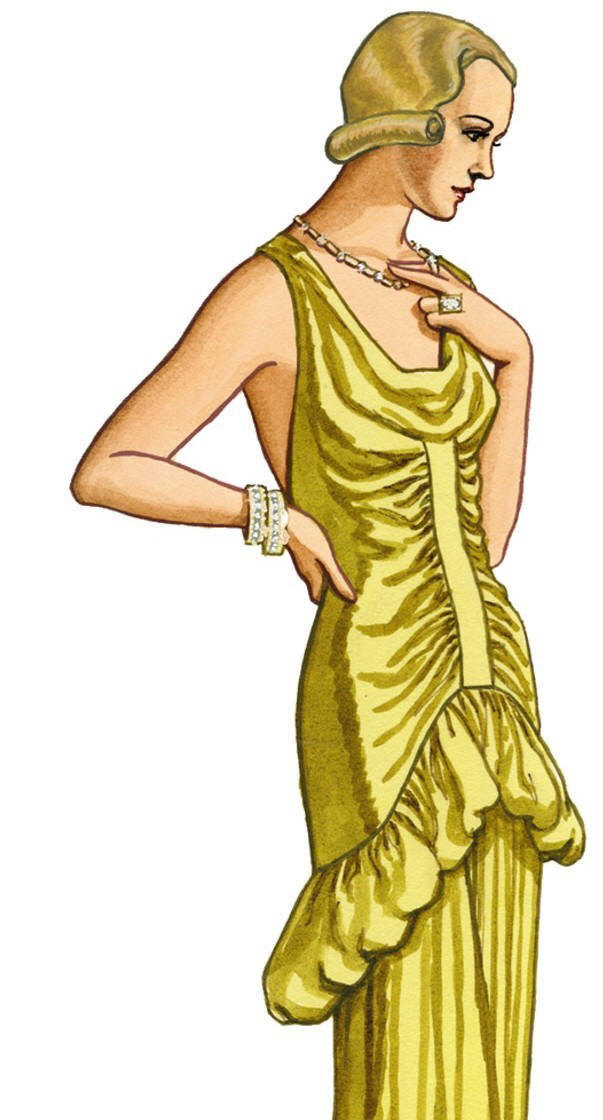
ABOUT COLLECTING
This page is all about collecting and dating vintage costume jewelry. Collecting vintage jewelry can be fun but you need to arm yourself with as much information as possible before you begin. We have provided a Utility and Design Patent Number charts to help in dating your costume jewelry. A utility patent protects the techniques and shows how a particular mechanism works while a design patent protects how the jewelry looks.
Some pictures of ads throughout our site courtesy of a fellow Jewel Collect Member
Ebay User Name: justabunchawildflowers - Thanks Rosie!
|
Juliana Tagged Demi |
Elzac Copper and Lucite Pin |
|
Fred A. Block Fur Clip |
|
|
|
||||
|
|
||||
| Vintage 50s Krementz Ad From My Collection | ||||
|
Want to start collecting vintage jewelry, but you're not sure where to begin? I know the feeling. It can be overwhelming. So many designers, so many types of metals and stones, oh my! The one rule of thumb I can offer is that if you like it buy it! Of course there needs to be some guidelines or you may find yourself needing extra storage space to hold all of your finds. First ask yourself "what do I like?" Do you like earrings or maybe cats? Start collecting earrings from a particular era, designer or manufacturer. Look for cat pins from one designer, manufacturer or in a particular metal. Secondly, ask your self why you want to collect? Will you wear your costume jewelry? Are you planning to sell your finds? Are you buying jewelry as an investment? All of these things will affect the type of jewelry you buy. Some vintage costume jewelry will command higher prices than others. Once you've decided on a starting point arm yourself with information. There are many books and websites dedicated to the subject of vintage costume jewelry. Use them! Try our vintage costume jewelry library of jewelry articles for a good starting point. Buy a magnifier or a jewelers loupe. I use a 10X. They are available at many stores and websites. I find my jewelers loupe invaluable. It helps me to read the jewelry hallmarks and inspect the stones and the setting. When you are examining the stones, you should look for variances in its color as well as chips or scratches. When you are examining the setting, look for signs of repairs and verdigris. Sometimes these flaws can only be seen with the help of magnifier or a jewelers loupe.
Places to Shop for Vintage Costume Jewelry
In short, make sure you know about hallmarks, materials and metals, findings, stone cuts, periods and always take an items condition into consideration and you should do fine.
Do's and Don'ts When Purchasing Vintage Jewelry Do examine the item from all angles and preferably in natural light. Do inspect the metal and findings for verdigris. It can be cleaned to some degree so you need to ask yourself if this is something you want to take on. Do inspect and examine any moving parts. For example; if you are looking at a brooch, make sure the pin rod opens and secures properly. Don't buy an item that is beyond repair. If the item has missing stones, ask yourself if you can replace them. There are many professionals that repair and restore vintage costume jewelry. This can be costly so you need to determine if the item is worth repairing. Don't purchase an item with dead or dark rhinestones. If you want to have the dark stone replaced, ask yourself again about the cost of the repair. Sometimes you will find items like this in jewelry lot you purchased at auction or at an estate sale. If there are too many, pass on the lot.
Dating Costume Jewelry There are several ways to try and date a costume jewelry item:
Costume jewelry designers changed their hallmarks often. Look at the hallmark and compare it with hallmarks the designer used. Several websites have lists like this with dates included. You can get a general idea of a vintage jewelry item's age by looking at how and with what material it was constructed. For instance, if you have a pair of aurora borealis earrings right away you know that these were most likely produced after 1955. The process was invented before that but not at all popular until then. Sometimes you can date a piece of vintage costume jewelry by finding an advertisement with the item in it. If you are lucky you will find the ad in an old magazine. The magazine will have a publication date. That puts you in the ballpark. If you are luckier, the actual ad will have a reference to the date. Ads can also be purchased and lately several have been included in websites related to vintage costume jewelry, including this site. In short...you need to be a jewelry sleuth, taking many things into consideration before a definitive attribution can be made. Below is a chart that lists utility patent numbers for helping date antiques, collectables and jewelry. To research patents try the United States Patent Office. Another site to try is: Google Patent Search This is a beta version subject to changes in the future. A utility patent may be granted to anyone who invents or discovers any new and useful process, machine, article of manufacture, compositions of matter, or any new useful improvement thereof. A design patent may be granted to anyone who invents a new, original, and ornamental design for an article of manufacture. This definition is from the US Patent Office. Amazing Adornments disclaims any liability for any errors contained in this chart or consequences relating to its use. Utility Patents
Questions? We are more than happy to try and help! Customer Support
|
|||||||||||||||||||||||||||||||||||||||||||||||||||||||||||||||||||||||||||||||||||||||||||||||||||||||||||||||||||||||||||||||||||||||||||||||||||||||||||||||||||||||||||||||||||||||||||||||||||||||||||||||||||||||||||||||||||||||||||||||||||||||||||||||||||||||||||||||||||||||||||||||||||||||||||||||||||||||||||||||||||||||||||||||||||||||||||||||||||||||||||||||||||||||||||||||||||||||||||||||||||||||||||||||||||||||||||||||||||||||||||||||||||||||||||||||||||||||||||||||||||||||||||||||||||||||||||||||||||||||||||||||||||||||||||||||||||||||||||||||||||||||||||||||||||||||||||||||||||||||||||||||||||||||||||||||||||||||||||||||
Amazing Adornments
Cambridge, MA 02141
USA
Ph: 617.710.3042
Fax: 617.492.0634
carolyn@amazingadornments.com
webmaster@amazingadornments.com
http://www.amazingadornments.com
©2004 -2014 All rights reserved



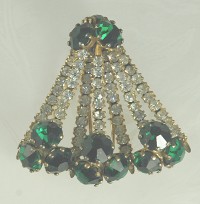
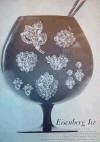

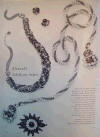
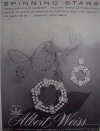


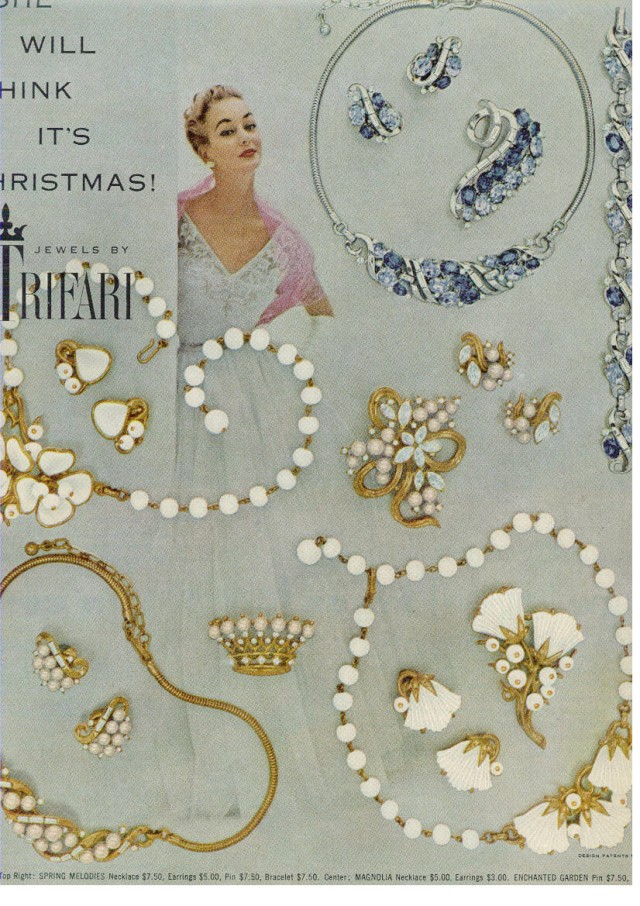 Vintage
Trifari Ad From My Collection
Vintage
Trifari Ad From My Collection